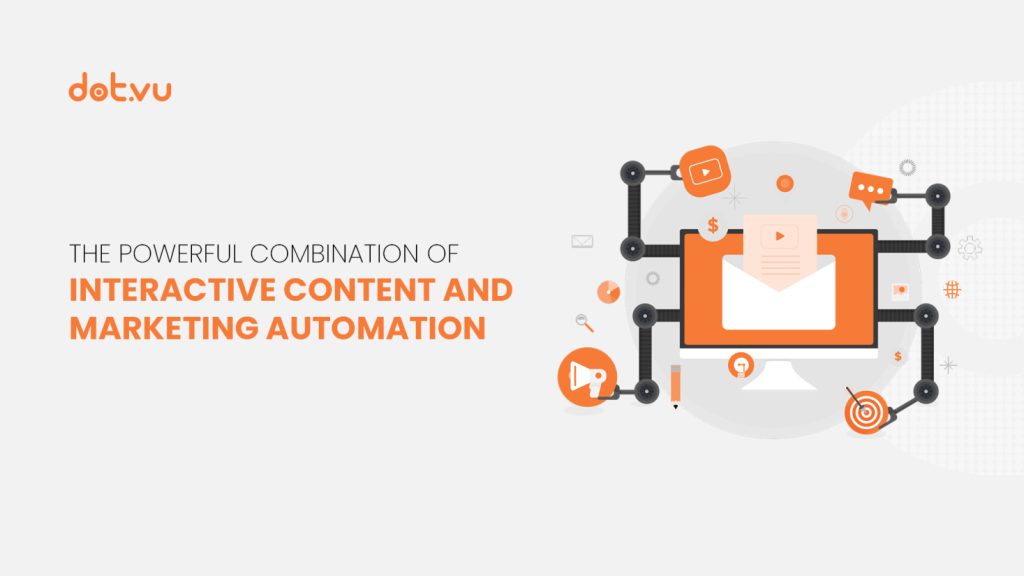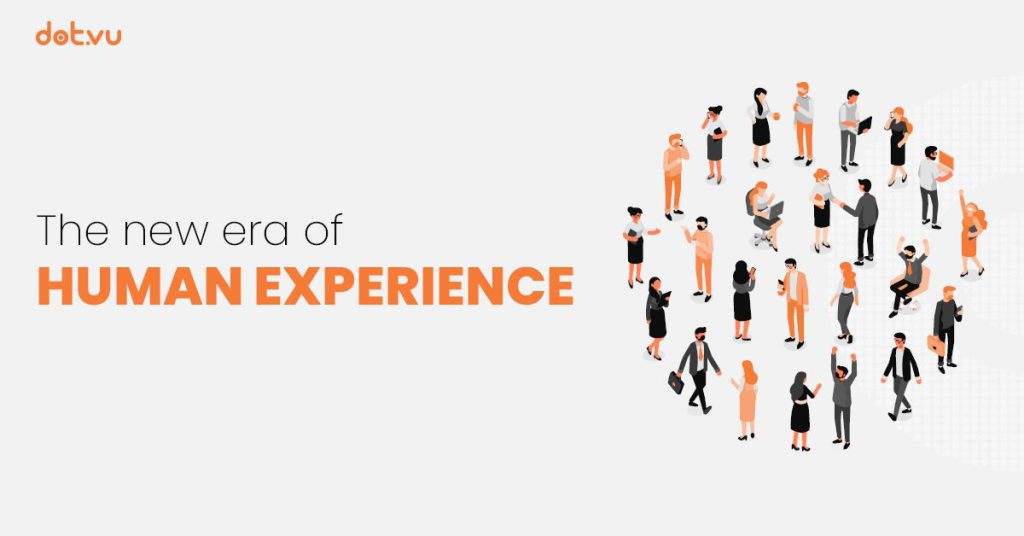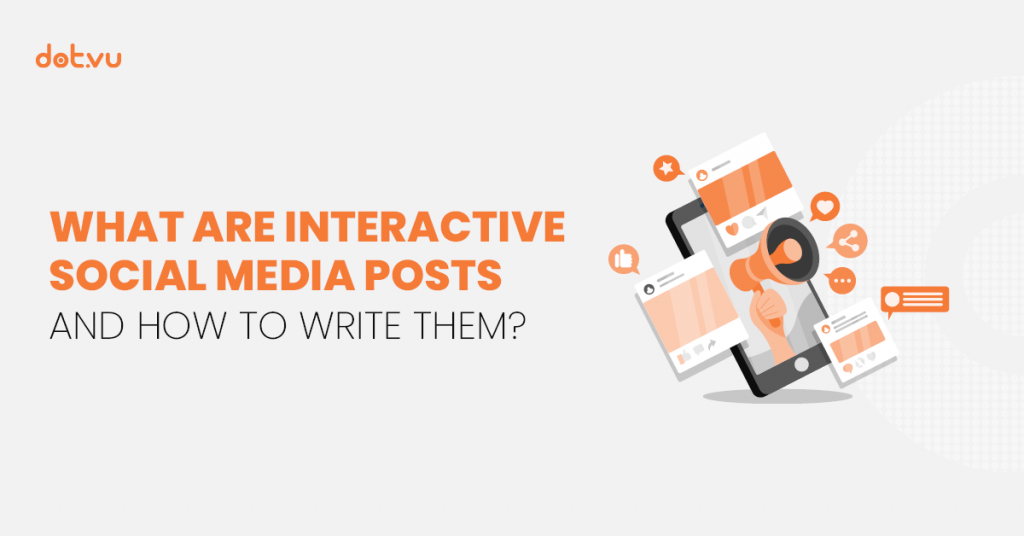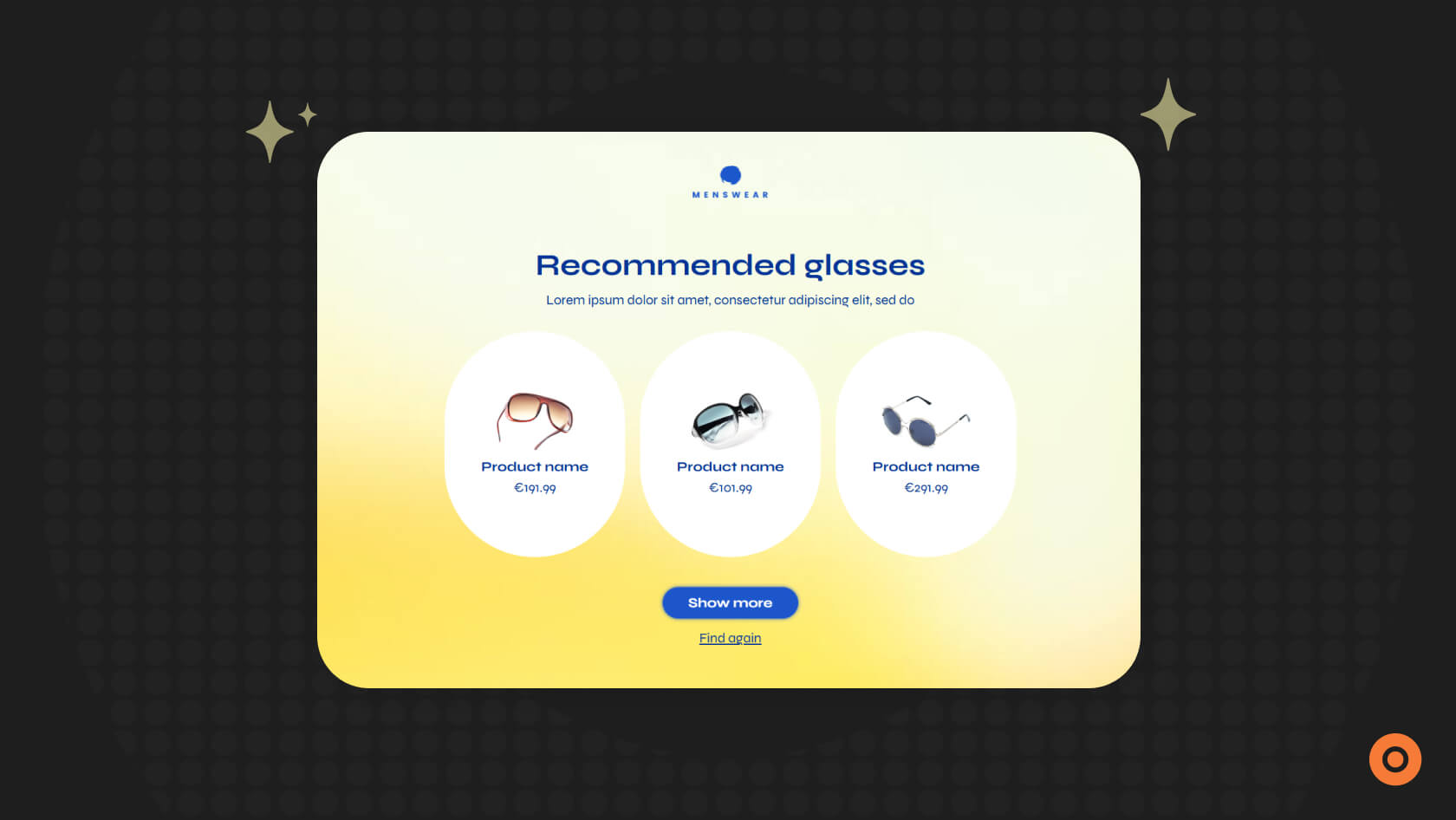
Each visitor that appears on your site is unique. They have different needs, behaviors and expectations. So why give them all the exact same experience?
This is where personalization of websites enters the picture. Adding a person’s name into your headline is not good enough anymore because it’s all about creating a tailored, useful experience that makes every interaction feel just right.
This blog will walk you through what website personalization is, how to use it effectively, the types you can try, and how to build a website personalization strategy that actually works.
Table of content:
What is Website Personalization?
Website personalization is all about adding different content, structure or behavior to different visitors.
Instead of offering a one-size-fits-all experience, personalization works by using data like location, device, behavior or traffic origin to deliver relevant content that may be relevant to your website visitor.
This can vary as easy as displaying the time of a local shop relevant to where your visitor is located all the way to a dynamic landing page which responds to the browsing history of your visitor.
Website personalization avoids visitors from just passively scrolling through your website when done correctly. This is why 80% of consumers are more likely to make a purchase when brands offer personalized experiences.
Why Personalization Matters
Let’s look at the upside:
- More engagement: People stay longer and explore more when the site feels relevant.
- Higher conversions: Tailored experiences mean fewer clicks to get what they want.
- Better retention: Personalized experiences feel more human, so people come back.
- Smarter marketing: You learn what works for different segments and can fine-tune your strategy.
In short: when people feel seen, they’re more likely to stick around—and take action.
Types of Website Personalization
Website personalization gives you a whole toolbox of options. 82% of brands say personalized search is critical for conversions and there’s many types you can work with. Here’s a breakdown of the most impactful types of website personalization examples you can use:
Dynamic Content That Shifts with Each Visitor
Your homepage doesn’t have to be static. With dynamic content personalization, you can change hero banners, CTAs, or promotional blocks depending on who’s visiting. As a matter of fact, personalized CTAs perform 202% better than generic ones.
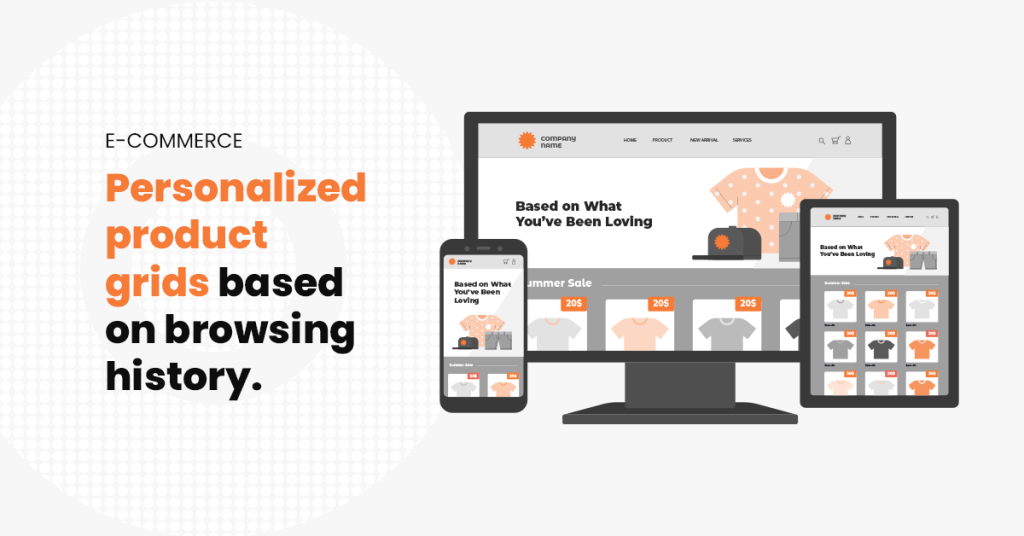
That being said, while new users might see an intro offer, while returning customers see product updates or exclusive deals. It’s a simple way to make your content feel timely and personal without rebuilding your entire page.
Interactive Product Recommendations
This is content personalization in action. You can use the browsing history of a visitor or based on their previous purchases and have your site suggest the things that relevant to them.
For example, your ecommerce site can display a personalized product grid that updates with each visit, nudging users closer to the checkout with every scroll or you can consider making it easier by using a Product Recommender for your visitors.

Engaging Interactive Popups
Static popups interrupt the flow of your website visitors. Launch Interactive Popups based on behavior, scroll depth, or exit intent. Make them interactive with spin-to-win wheels, quizzes, or countdown deals work better than generic “Don’t leave!” messages.
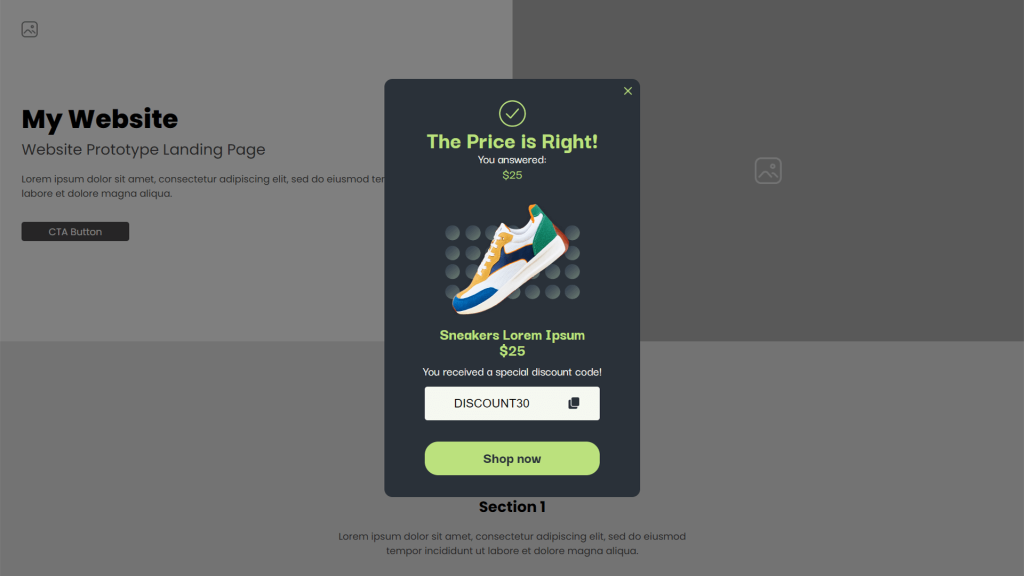
These are great for increasing engagement, collecting leads, or nudging users toward a next step.
Here are 28 types of popup examples you can use to make your website more personalized for your audience.
Smart Notifications and Widgets
Use floating bars or corner pop-ins to share location-based offers, restock alerts, or timely nudges like “Only 3 left in stock.” Because they’re subtle and behavior-triggered, users are less likely to find them annoying and more likely to act on them.
Tailored Messaging Across the Site
This is where content personalization shines. Adjust the copy throughout your site depending on who’s visiting. New customers might get educational messaging like “Explore how it works,” while repeat buyers might see “Back for more? Let’s make it easy.” These small tweaks create a stronger connection.
Interactive Landing Pages That Adapt in Real Time
An interactive landing page is like a guided experience. Instead of sending every visitor to the same generic page, let them engage with content that is relevant to their preferences. It keeps users interested while collecting valuable data for ongoing personalization.
Adaptive Navigation Menus
You can even personalize the structure of your site. Adaptive menus reorganize or highlight links based on what the visitor cares about most. For instance, if someone keeps checking out your product or a specific category, bring those sections higher up to make future visits smoother.
Smarter Search Results
Your search bar can be a powerful personalization tool. Use behavior data to sort results based on preferences, previous searches, or popular items. Someone who’s always browsing tech products? Put the latest gadgets at the top of their results.
Building a Simple Website Personalization Strategy
Personalization doesn’t have to mean complex AI or huge dev teams. Here’s how to start small and build smart:
1. Start with the Data You Already Have
Look at basic info like traffic source, device, location, or returning visitor status. Even simple rules can power meaningful personalization.
2. Choose High-Impact Areas First
Focus on pages where conversions matter most—like your homepage, landing pages, or cart pages.
3. Set Clear Goals
Know what you want your personalization to do: increase signups, reduce bounce, or boost cart value. This keeps you focused.
4. Use Tools That Scale
Look for platforms that let you personalize without needing a dev team every time. Interactive Content and dynamic content platforms like Dot.vu are great starting points.
5. Test, Measure, and Iterate
Don’t just “set and forget” your personalization. A/B test different versions, see what works best, and refine based on performance.
Personalization Should Feel Like a Conversation
The goal of website personalization isn’t to overwhelm visitors with tech—it’s to make their experience easier, faster, and more relevant.
When done well, it feels like your site just gets them. And that’s where conversion starts. Take it a step further by signing up for a free trial account and explore over 300+ interactive templates to personalize your website for every visitor!
Want to go deeper into personalization for mobile? Or how to pair this with a strong direct response approach? Check out our guides on Mobile Marketing Strategy and Direct Response Marketing for ideas you can use today.
